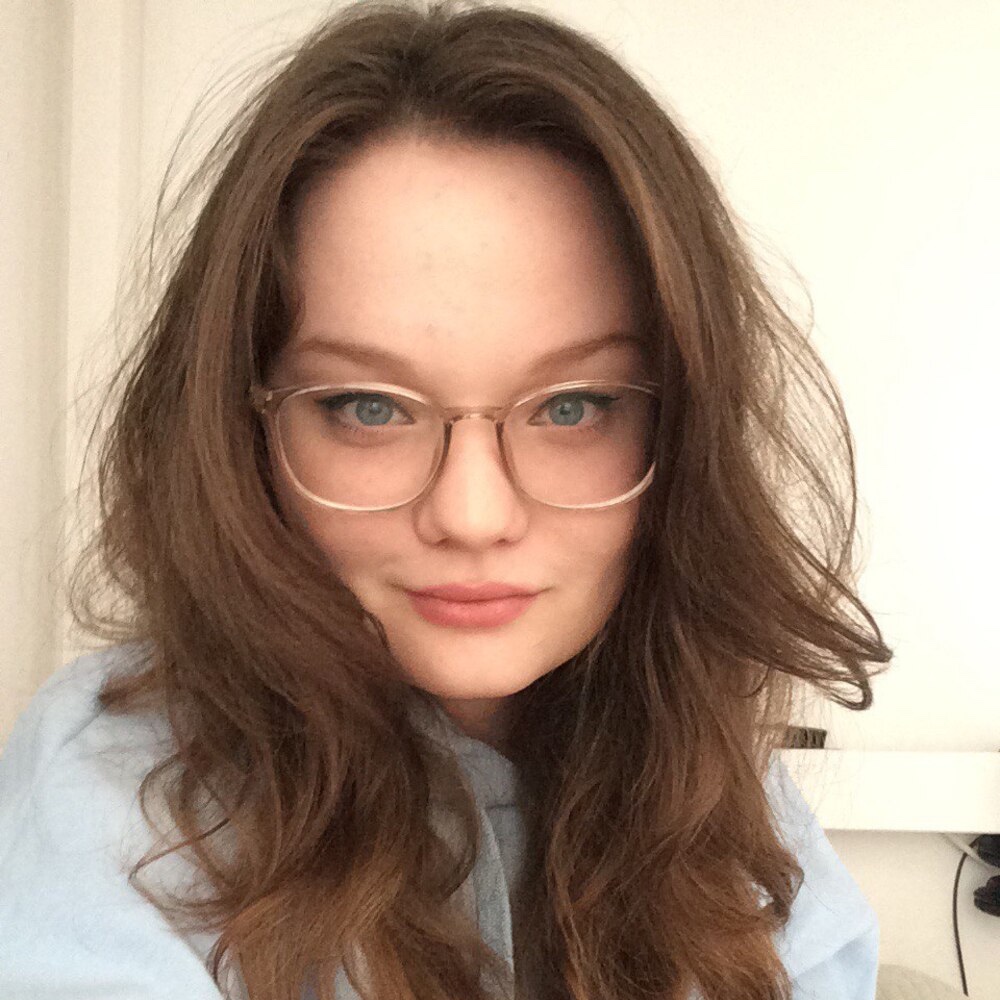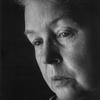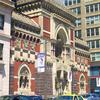More about Investigation of Poverty at the Russell Sage Foundation

Contributor
Investigation of Poverty at the Russell Sage Foundation by Alice Neel illustrates what it was like to be poor in the United States during the 1930s.
Neel made it during the Great Depression when she was part of a group of politically engaged artists. Even though Alice Neel is famous for her intimate portraits, Investigation of Poverty at the Russell Sage Foundation showcases her interest in humanity on a larger scale.
Alice Neel gave a detailed description of the work. She said the crying woman sitting in a chair in the middle of the image was living under an overturned car with her seven children. Neel also described her with a rash all over her chest. While most people in the painting are just listening to the woman, the two secretaries and the priest seem to sympathize with her. The artist continued by saying that the Russell Sage Foundation investigated poor people, but they never helped them with any financial support. It was only later that people had access to welfare and social security, but many died due to poverty before that.
The Russell Sage Foundation was founded in 1907 to improve the living and social conditions in the US. It was established by Margaret Olivia Sage with a donation of $10 million. Its goal was to improve conditions for the poor through research, programs, and education.
Alice Neel’s Investigation of Poverty at the Russell Sage Foundation was gifted to the Pennsylvania Academy of the Fine Arts by the artist, collector, and philanthropist Linda Lee Alter. She gave the institution a collection of about 400 works by female artists.
The painting was also part of an exhibition titled “Art for Society’s Sake: The WPA and Its Legacy” at the Pennsylvania Academy of the Fine Arts. Similar to this work’s political theme, the exhibition featured works by artists who participated in different programs started by the government to help struggling artists during the Depression, and to make art more accessible to the public.
Sources
- Lipton, Lauren. “Positively Philadelphia: Show Set For Groundbreaking Women's Art Collection.” CBS News, November 11, 2012. https://www.cbsnews.com/philadelphia/news/positively-philadelphia-show-….
- Pennsylvania Academy of the Fine Arts. “Art for Society’s Sake: The WPA and Its Legacy.” Accessed September 21, 2022. https://www.pafa.org/museum/exhibitions/art-societys-sake-wpa-its-legacy.
- Pennsylvania Academy of the Fine Arts. “Investigation of Poverty at the Russell Sage Foundation Alice Neel.” Accessed September 21, 2022. https://www.pafa.org/museum/collection/item/investigation-poverty-russe….
- Russell Sage Foundation. “History of the Russell Sage Foundation.” Accessed September 21, 2022. https://www.russellsage.org/about/history.











